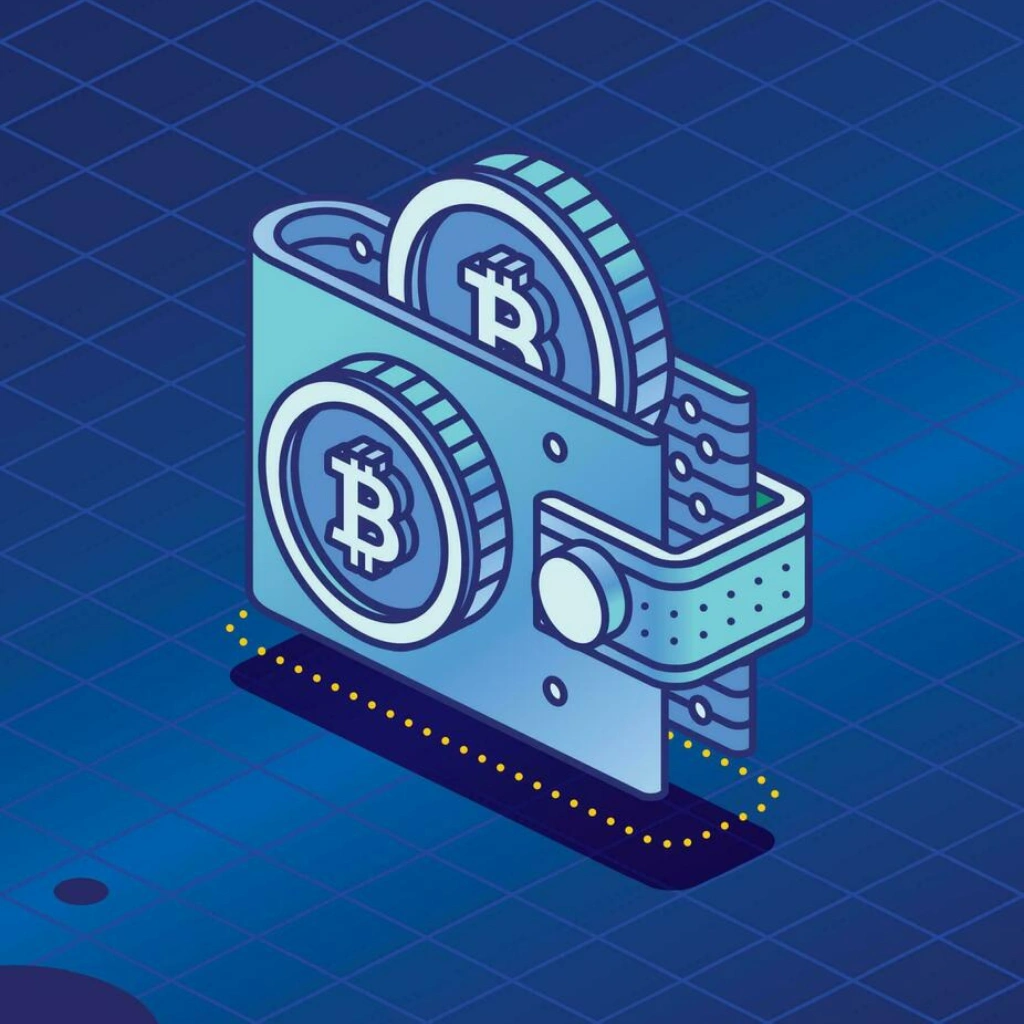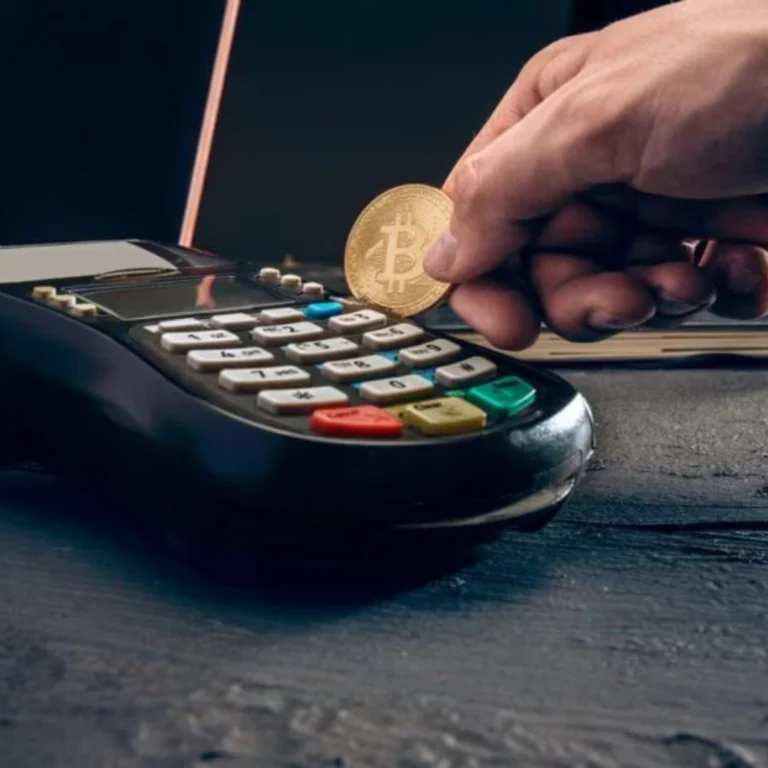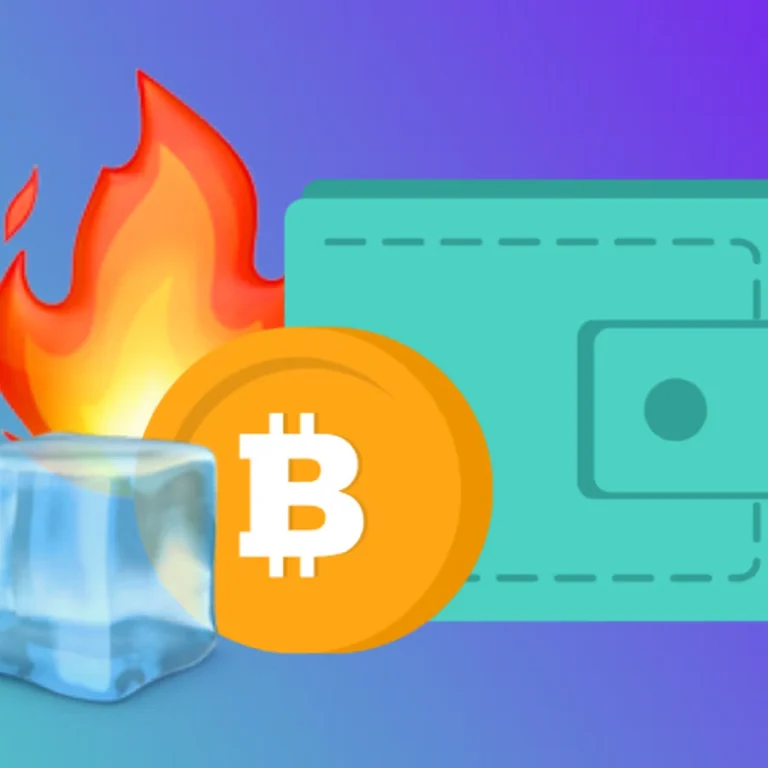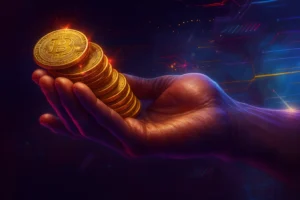Blockchain wallet vs bank card: As digital finance evolves, the choice between blockchain wallets and traditional bank cards has become increasingly relevant. Both options offer distinct advantages and drawbacks, depending on your financial needs and lifestyle. This guide explores the fundamental differences between blockchain wallets and bank cards, helping you make an informed decision.
1. What Is a Bank Card?
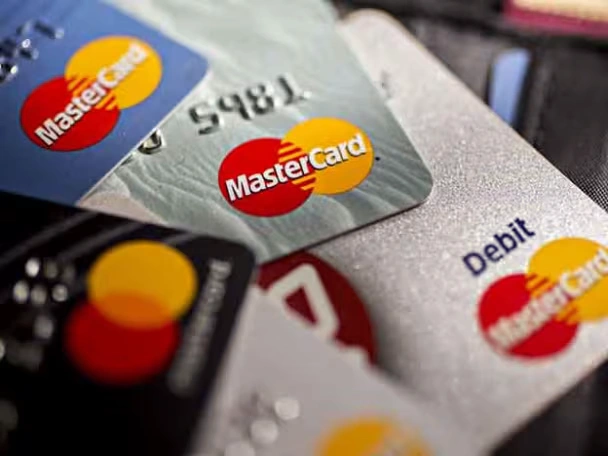
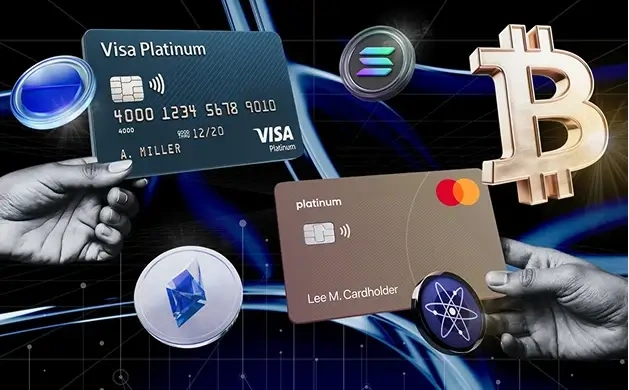
A bank card (debit or credit) is issued by a financial institution and linked to your bank account. It allows you to make purchases, withdraw cash, and perform transactions within a regulated banking system.
Key Features of Bank Cards:
- Centralized: Operates within the traditional banking framework.
- Regulated: Protected by financial laws and consumer protections.
- Widely Accepted: Can be used at millions of merchants globally.
2. What Is a Blockchain Wallet?
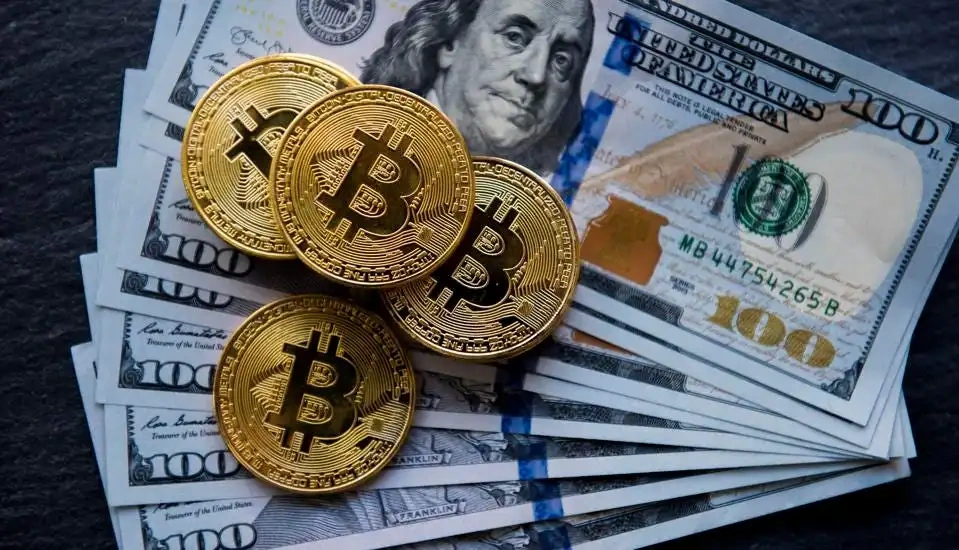
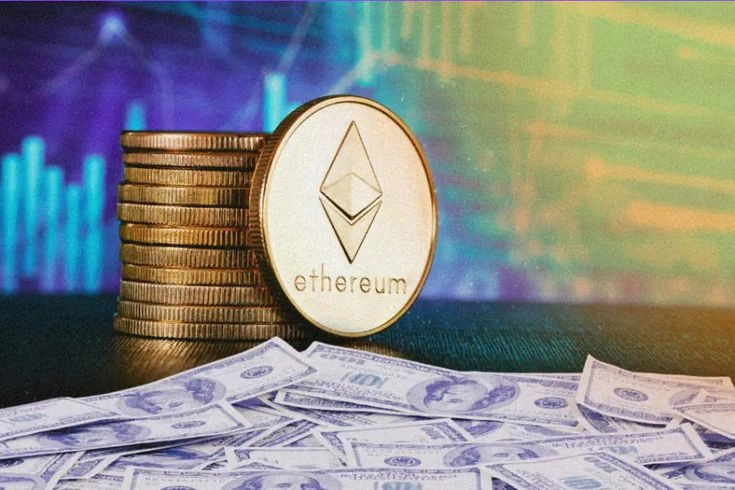
A blockchain wallet is a digital tool for storing, sending, and receiving cryptocurrencies like Bitcoin or Ethereum. It operates on decentralized networks, eliminating the need for intermediaries like banks.
Key Features of Blockchain Wallets:
- Decentralized: No central authority controls transactions.
- Borderless: Enables global transfers without traditional banking restrictions.
- Self-Custody: Users manage their private keys (and full responsibility).
3. Security Comparison
Bank Cards:
Pros:
- Fraud protection and chargeback options.
- FDIC or equivalent insurance (up to certain limits).
- Customer support for disputes.
Cons:
- Vulnerable to data breaches and card skimming.
- Dependent on bank policies for resolving issues.
Blockchain Wallets:
Pros:
- No third-party control over funds.
- Immune to bank freezes or account closures.
Cons:
- Irreversible transactions—if you send crypto to the wrong address, it’s gone.
- Loss of private keys means permanent loss of funds.
Bottom Line: Bank cards offer better consumer protections, while blockchain wallets provide more control but higher risk.
4. Fees and Costs
Bank Cards:
- Common Fees:
- Foreign transaction fees (1–3%).
- ATM withdrawal fees (2–2–5 per transaction).
- Overdraft or late payment fees.
Blockchain Wallets:
- Common Fees:
- Gas fees (for Ethereum and similar networks).
- Exchange fees when converting crypto to fiat.
- Network congestion can spike transaction costs.
Comparison:
- Daily Spending: Bank cards are generally cheaper.
- Cross-Border Transfers: Blockchain wallets often have lower fees.
5. Blockchain wallet vs bank card: Transaction Speed
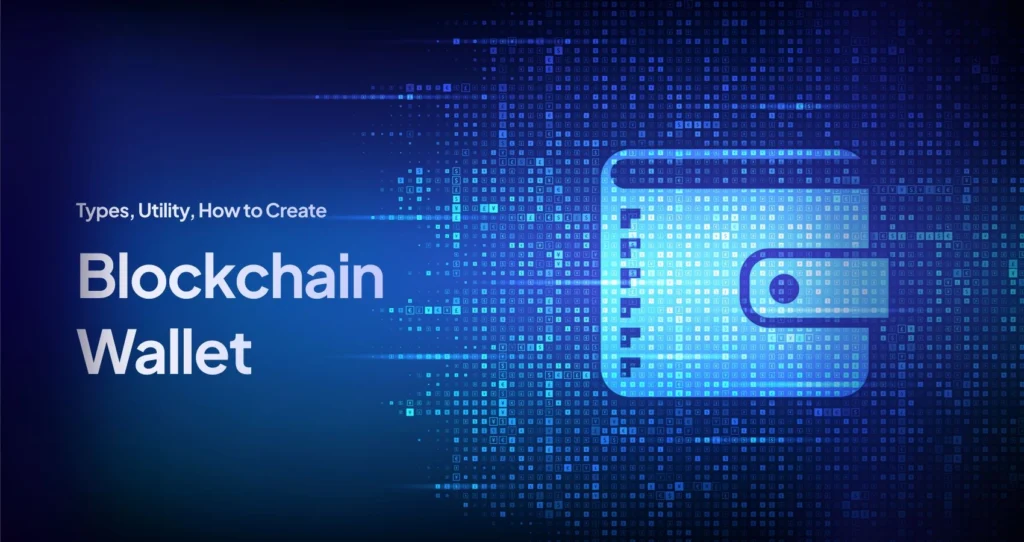

Bank Cards:
- Pros: Instant for point-of-sale purchases.
- Cons: Bank transfers can take 1–5 business days.
Blockchain Wallets:
- Pros:
- Bitcoin: ~10 minutes per transaction.
- Solana/Ethereum Layer 2: Near-instant.
- Cons: Network delays can occur during high traffic.
Verdict: Blockchain is faster for peer-to-peer transfers, while bank cards win for retail purchases.
6. Flexibility and Usability
Bank Cards:
- Pros: Accepted almost everywhere.
- Cons: Limited to traditional financial services.
Blockchain Wallets:
- Pros: Access to DeFi, NFTs, and global markets.
- Cons: Few merchants accept crypto directly.
Takeaway: Bank cards are better for everyday use, while blockchain wallets unlock innovative financial tools.
7. Blockchain wallet vs bank card: Which One Should You Choose?
The decision depends on your priorities:
- For Security & Convenience: Bank cards are the safer choice.
- For Low-Cost Global Transfers: Blockchain wallets excel.
- For Financial Innovation: Crypto offers unique opportunities.
Hybrid Approach: Many users combine both—using bank cards for daily expenses and blockchain wallets for investments or international payments.
Blockchain wallet vs bank card: Final Thoughts
The blockchain wallet vs bank card debate isn’t about picking a winner—it’s about understanding which tool works best for your needs. As financial technology advances, the line between traditional and decentralized finance may blur, offering even more options in the future.
By weighing the pros and cons, you can make smarter choices in an increasingly digital economy.
Relevant News: HERE

